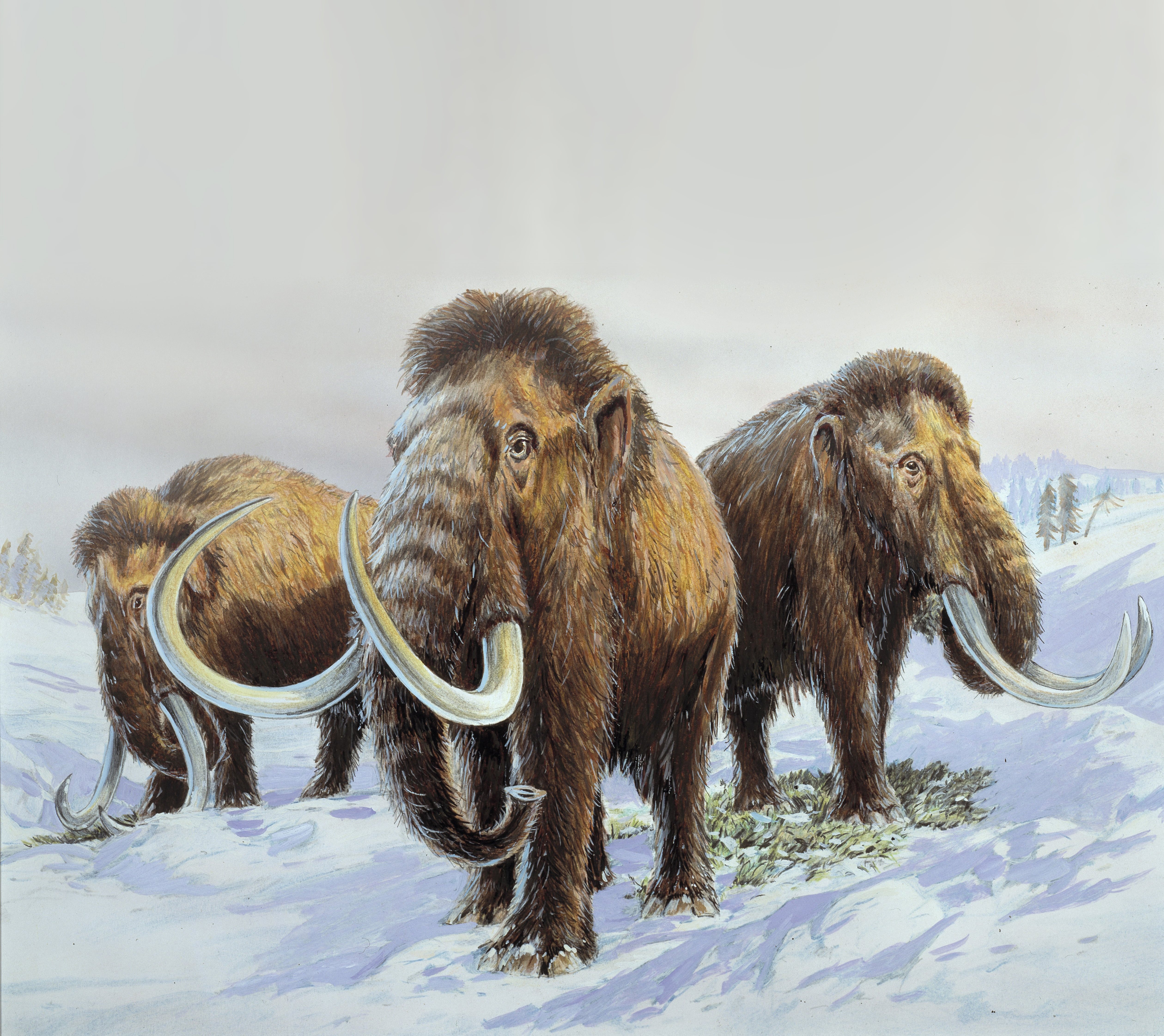Geneticists aiming to bring woolly mammoths back from dead within next six years
Scientists hope to create hybrid with Asian elephant and also believe animal could help slow down climate change

Scientists have hatched a plan to bring woolly mammoths back to the Arctic – ten thousand years after they became extinct.
Renowned Harvard geneticist George Church and tech entrepreneur Ben Lamm have set up Colossal, a new bioscience and genetics company which intends to bring several extinct species back to life.
Backed by £11m in initial funding, their first mission is to create a hybridised elephant resembling the prehistoric giant that would thrive in the cold Arctic climate.
Researchers plan to do this by taking skin cells from Asian elephants, which are threatened with extinction, and putting them into stem cells with frozen mammoth DNA to create an embryo.
These embryos will then be carried to full term by a surrogate mother or in an artificial womb in a laboratory.
The team hopes to have its first set of calves within the next six years if all goes to plan.
Dr Church and Mr Lamm believe the elephant-mammoth hybrid could help slow climate change by stomping out thin, low-oxygen trees and exposing healthy, carbon-trapping grasses to restore the Arctic tundra.
“Our goal is to make a cold-resistant elephant, but it is going to look and behave like a mammoth,” Dr Church told the Guardian.

He added: “Not because we are trying to trick anybody, but because we want something that is functionally equivalent to the mammoth, that will enjoy its time at -40C, and do all the things that elephants and mammoths do, in particular knocking down trees.”
However, not everyone in the scientific community is convinced.
Dr Victoria Herridge, an evolutionary biologist at the Natural History Museum, said the idea the Arctic environment could be restored using a herd of “mammoths” was “not plausible”.
She said at their peak 21,000 years ago, there were an estimated 200 million mammoths in Eurasia, therefore the scale at which the scientists would have to do the experiment would be enormous – and mammoths take 22 months to gestate and 30 years to grow to maturity.



Join our commenting forum
Join thought-provoking conversations, follow other Independent readers and see their replies
Comments